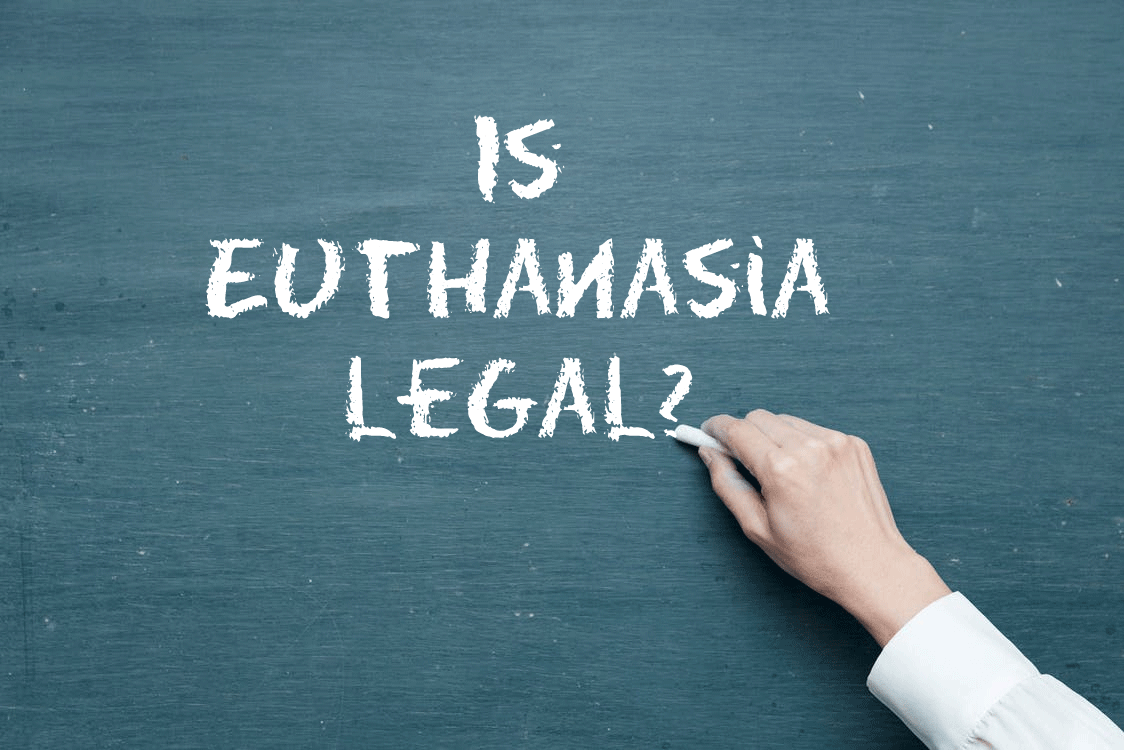
In Which Countries is Euthanasia Legal?
Euthanasia is the deliberate action taken with the intention of ending a life, in order to relieve persistent suffering. The legality of euthanasia varies in different countries. It is categorized into voluntary, non-voluntary, or involuntary. Voluntary euthanasia is legal in some countries. Non-voluntary euthanasia (patient’s consent unavailable) is illegal in all countries. Involuntary euthanasia (without asking consent or against the patient’s will) is also illegal in all countries and is usually considered murder.
Human euthanasia is legal in the Netherlands, Belgium, Colombia, Luxembourg and Canada. Assisted suicide is legal in Switzerland, Germany, Japan, and in the US states of Washington, Oregon, Colorado, Vermont, Montana, Washington DC, and California. South Korea is also set to join as a euthanasia-legal country starting from February 2018, both active and passive. An assisted dying scheme in the Australian state of Victoria will come into effect in mid-2019.
Netherlands
 In April 2002, the Netherlands became the first country to legalize euthanasia and assisted suicide. It imposed strict set of conditions: the patient must be suffering unbearable pain, their illness must be incurable, and the demand must be made in “full consciousness” by the patient.
In April 2002, the Netherlands became the first country to legalize euthanasia and assisted suicide. It imposed strict set of conditions: the patient must be suffering unbearable pain, their illness must be incurable, and the demand must be made in “full consciousness” by the patient.
Belgium
 Belgium passed a law in 2002 legalizing euthanasia, becoming the second country in the world to do so. The law says doctors can help patients to end their lives when they freely express a wish to die because they are suffering intractable and unbearable pain. Patients can also receive euthanasia if they have clearly stated it before entering a coma or similar vegetative state.
Belgium passed a law in 2002 legalizing euthanasia, becoming the second country in the world to do so. The law says doctors can help patients to end their lives when they freely express a wish to die because they are suffering intractable and unbearable pain. Patients can also receive euthanasia if they have clearly stated it before entering a coma or similar vegetative state.
Colombia
 Colombia’s Constitutional Court ruled in 1997 that “no person can be held criminally responsible for taking the life of a terminally ill patient who has given clear authorization to do so.” The court defined “terminally ill” person as those with diseases such as “cancer, AIDS, and kidney or liver failure being the cause of extreme suffering.” The ruling specifically refused to authorize euthanasia for people with degenerative diseases such as Alzheimer’s, Parkinson’s, or Lou Gehrig’s disease.
Colombia’s Constitutional Court ruled in 1997 that “no person can be held criminally responsible for taking the life of a terminally ill patient who has given clear authorization to do so.” The court defined “terminally ill” person as those with diseases such as “cancer, AIDS, and kidney or liver failure being the cause of extreme suffering.” The ruling specifically refused to authorize euthanasia for people with degenerative diseases such as Alzheimer’s, Parkinson’s, or Lou Gehrig’s disease.
Luxembourg
 The country’s parliament passed a bill legalizing euthanasia on 20 February 2008. Terminally ill patients will have the option of euthanasia after receiving the approval of two doctors and a panel of experts.
The country’s parliament passed a bill legalizing euthanasia on 20 February 2008. Terminally ill patients will have the option of euthanasia after receiving the approval of two doctors and a panel of experts.
Canada
 Voluntary active euthanasia, called “physician assisted dying”, is legal in Canada for all people over the age of 18 who have a terminal illness that has progressed to the point where natural death is “reasonably foreseeable.”
Voluntary active euthanasia, called “physician assisted dying”, is legal in Canada for all people over the age of 18 who have a terminal illness that has progressed to the point where natural death is “reasonably foreseeable.”
While knowing about euthanasia, I came up across a term, assisted suicide. Let’s see how it is related to euthanasia.
Assisted suicide is suicide committed with the help of another person, sometimes a physician. The term is often used interchangeably with physician-assisted suicide (PAS), which involves a doctor “knowingly and intentionally providing a person with the knowledge and means required to commit suicide, including counselling about lethal doses of drugs, prescribing such lethal doses or supplying.”
Canada, Belgium, the Netherlands, Luxembourg, and Switzerland allow physicians to physically assist in the death of patients. In the United States, six states allow medical aid in dying.
Physician-assisted suicide is often confused with euthanasia. In cases of euthanasia the physician administers the means of death, usually a lethal drug. In physician-assisted suicide, it is required that a person of sound mind voluntarily expresses his or her wish to die and requests a dose of medication that will end his or her life. The distinguishing feature is that physician-assisted suicide requires the patient to self-administer the medication.

Team at World Infi
